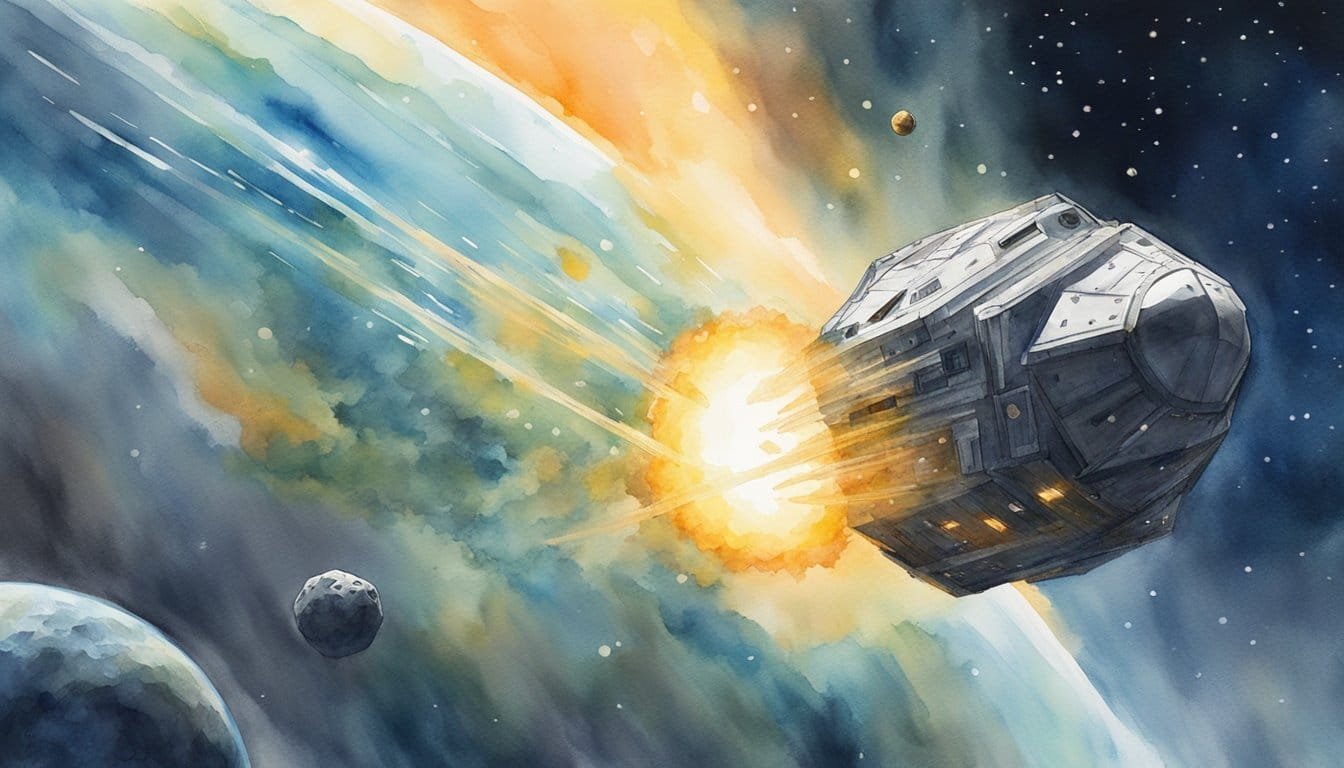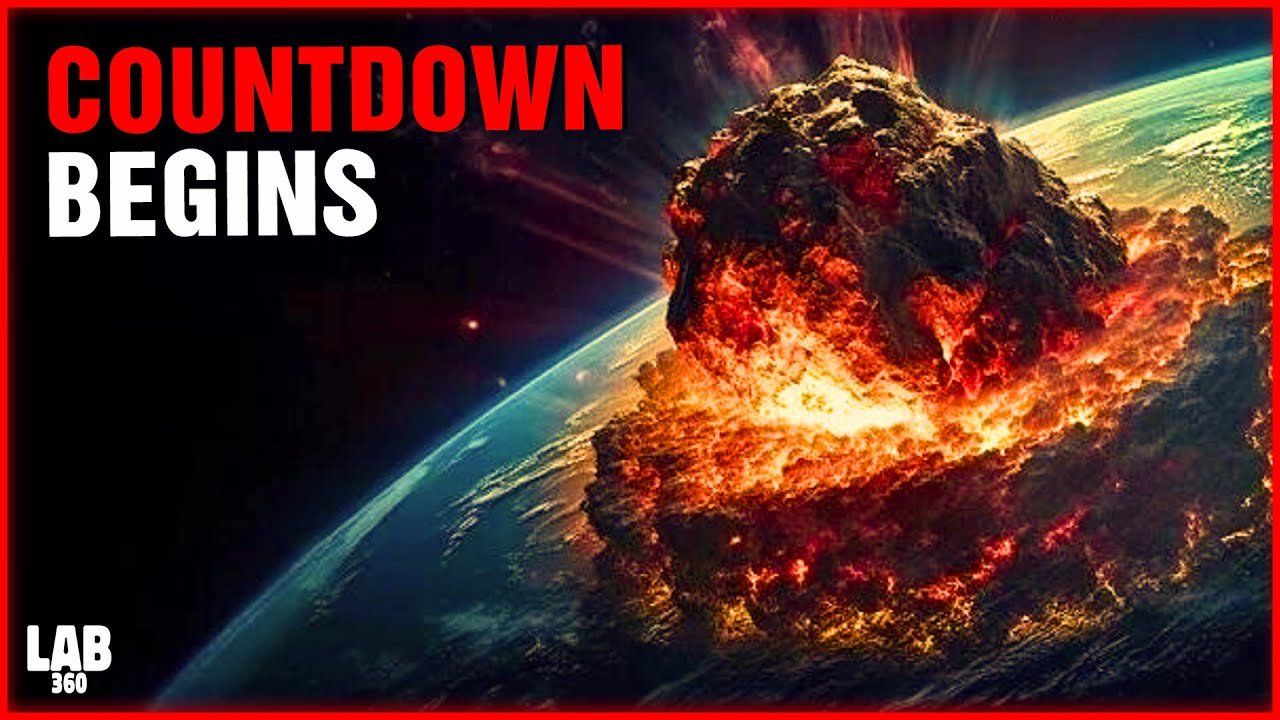Understanding the Asteroid Threat
An asteroid heading towards Earth can be a cause for alarm, but it’s important to understand the real nature of such a threat. Despite their depiction in movies as harbingers of doom, asteroids have been a part of our solar system’s history for billions of years. They are remnants from the solar system’s formation, primarily found in the asteroid belt between Mars and Jupiter. Occasionally, gravitational pulls may nudge an asteroid into a collision course with Earth.
The impact of an asteroid can range from insignificant to catastrophic, depending on its size and speed. While most of the millions of near-Earth objects (NEOs) pose no danger, the minority that are classified as potentially hazardous asteroids (PHAs) garner public concern. For instance, 2023 DW has recently joined the risk list, commanding attention from astronomers and scientists worldwide. PHAs are large enough and could potentially come close enough to Earth to warrant close observation by NASA and other space agencies.
Historically, an asteroid collision is famous for causing the extinction of the dinosaurs, an event that reinforces the potential for an “end of civilization” scenario. However, this doomsday effect is exceptionally rare. Extensive efforts are put into asteroid tracking and developing planetary defense strategies to prevent such outcomes. The Torino Impact Hazard Scale helps communicate the impact probability and potential consequences to the general public.
A direct hit on a major city or a densely populated area could certainly result in significant damage, which is why NASA dedicates resources to asteroid tracking. Meanwhile, climate change remains a more immediate concern, with a far more certain impact on global populations.
In summary, the asteroid threat is a fascinating aspect of our dynamic universe. Through continued research and preparedness, civilization can aim to avoid a fate similar to that of the dinosaurs, ensuring that the skies remain safe for the future. The ever-vigilant eyes of the global scientific community, aided by advanced technology, keep watch on our cosmic neighborhood.
Defending Against Cosmic Intruders

In the cosmic game of chance, asteroids colliding with Earth is a rare but potentially catastrophic event. Addressing this threat involves a slew of innovative strategies and missions.
The Role of DART Mission
NASA’s Double Asteroid Redirection Test (DART), the first demonstration of the kinetic impactor technique to deflect an asteroid, plays a pivotal role. By intentionally crashing a spacecraft into the asteroid’s moonlet, researchers aim to slightly alter its orbit, demonstrating a way to potentially protect Earth in the future.
Other Planetary Defense Strategies
In addition to the kinetic impactor technique, other planetary defense strategies are being developed. These include gravity tractors, which use a spacecraft’s gravitational pull to modify an asteroid’s trajectory, and nuclear devices, thought to be the last resort, to either disrupt or alter the course of a potentially hazardous object.
Astronomical Research and Advances
Researchers and astronomers continually advance our understanding of asteroids and comets. They assess compositions, structures, and how these celestial bodies interact with the solar system. This research provides critical data crucial to developing effective defense measures.
Public Communication and Education
Effective communication by agencies like NASA and media outlets, including Scientific American and CNN, play a vital role in educating the public about the realities and misconceptions of asteroid risks to prevent unnecessary concern.
Potential Impact Scenarios
It’s essential to consider various potential impact scenarios, from an asteroid exploding in the atmosphere like the one over Chelyabinsk, Russia, to larger Potentially Hazardous Asteroids that could cause widespread devastation. The Valentine’s Day 2046 close approach of a comet underscores the need for preparedness, even if the risk is low.
Monitoring and Predicting Asteroid Courses
Continuous monitoring allows researchers to track asteroids like 2023 DW and calculate impact probabilities. With an estimated miss distance of 4.6 million miles, predictive models are key to identifying potential threats before they become immediate dangers.
How Does Comet 2024 Compare to an Asteroid Heading Towards Earth in Terms of Potential Threat?
The celestial maverick comet, 2024, dazzles with its brilliant tail, captivating stargazers. However, its trajectory poses minimal threat to Earth. In contrast, an asteroid on a collision course could cause significant devastation. Understanding these differences is crucial for planetary defense and prioritizing our response strategies for potential threats.
Impact and Aftermath: Societal Consequences

An asteroid impact could result in significant societal consequences, evoking images of the catastrophe that led to the mass extinction of dinosaurs. A large impact would cause extensive damage to the infrastructure, potentially leading to a devastating effect on modern civilization. The energy released upon impact could trigger a shock wave, flattening buildings and forests.
The aftermath would likely involve a level of destruction akin to a doomsday effect, as the injected dust and debris into the atmosphere could alter the climate change trajectory, similar to a “nuclear winter.” This dust could block the sun’s rays, disrupt photosynthesis, and lead to a sharp drop in temperatures, putting many forms of life at risk.
Immediate impact effects:
- Shock wave and seismic activities damaging structures.
- Heat causing fires and thermal radiation burns.
Long-term aftermath:
- Climate change from atmospheric dust.
- Reduced sunlight affecting food chains and agriculture.
Assessing the likelihood of such an impact, the Torino Impact Hazard Scale provides a measure of the potential damage risks of near-Earth objects. However, while the possibility of an asteroid causing an extinction-level event is small, the history of Earth’s encounters within the solar system emphasizes the need for vigilance.
This video from NASA showcases how even small asteroids can have a significant impact on the Earth’s environment.
Preparedness and research into asteroid deflection strategies are key to circumventing the historical levels of destruction that can follow these celestial events. The continued study of asteroids feeds the human spirit of curiosity and our instinct for survival.

